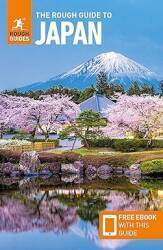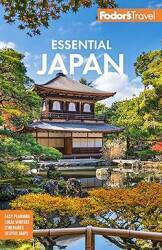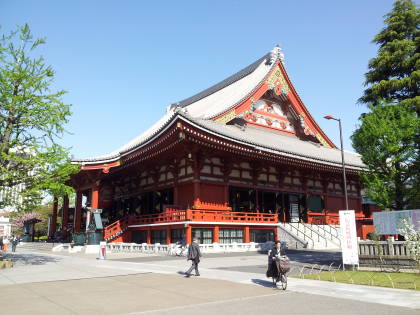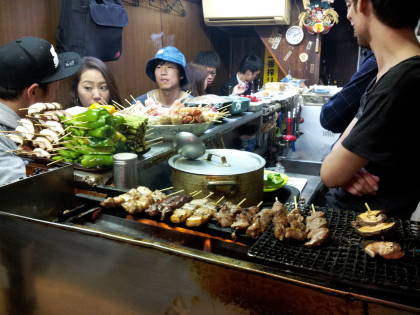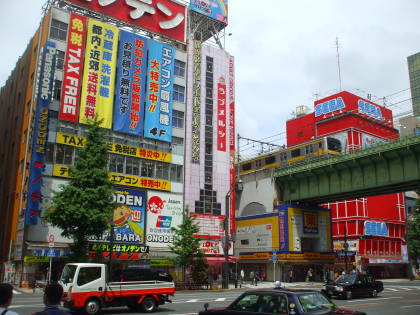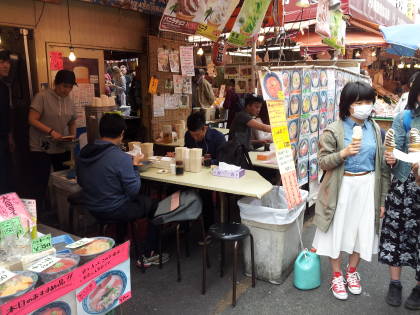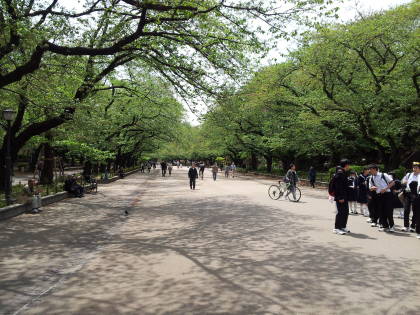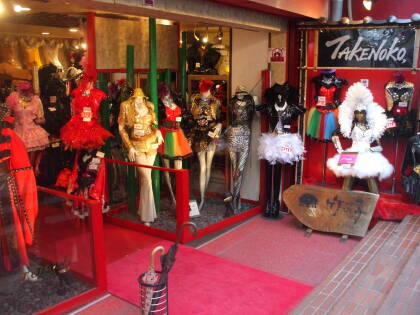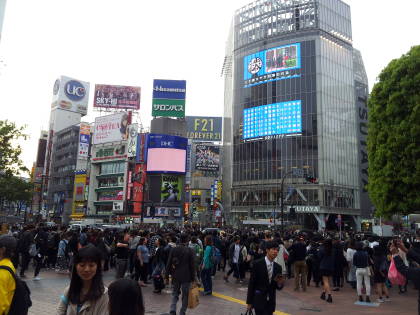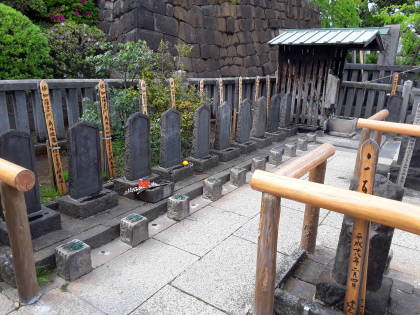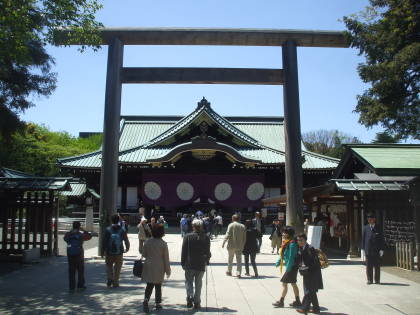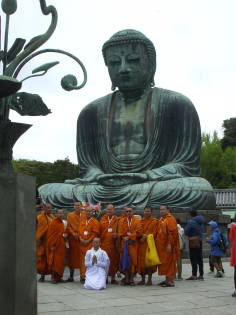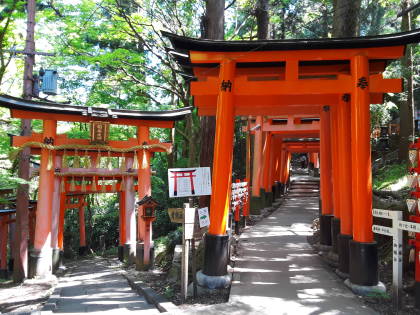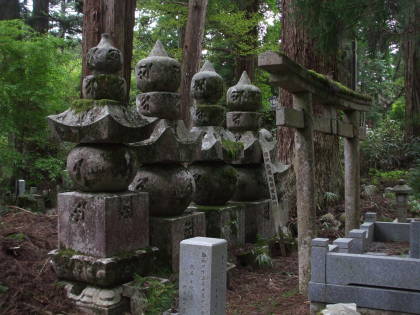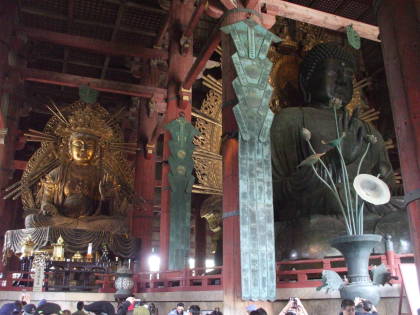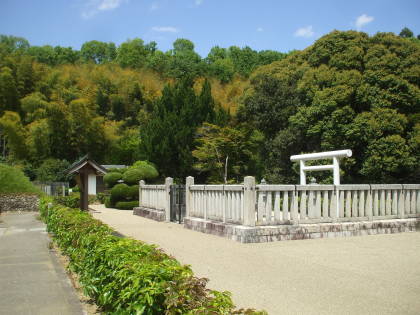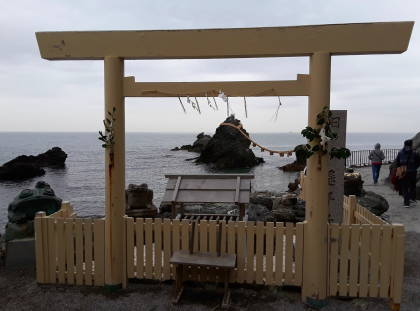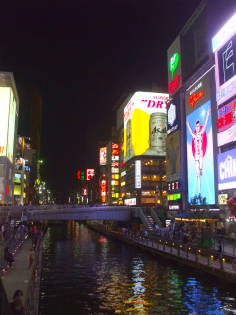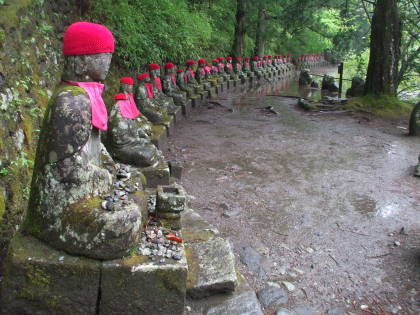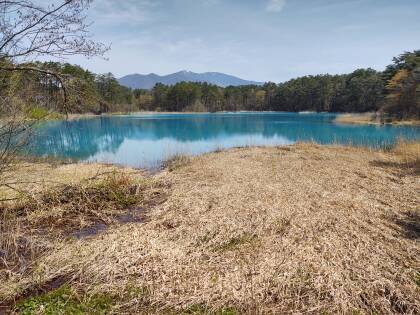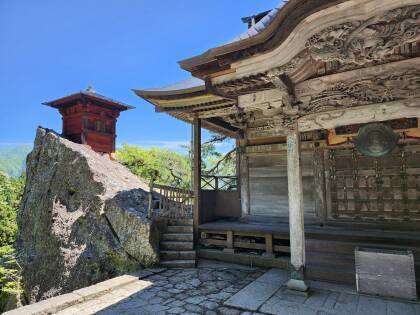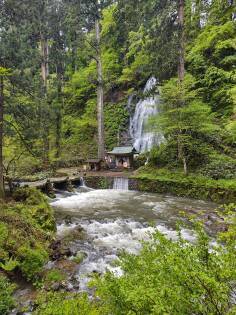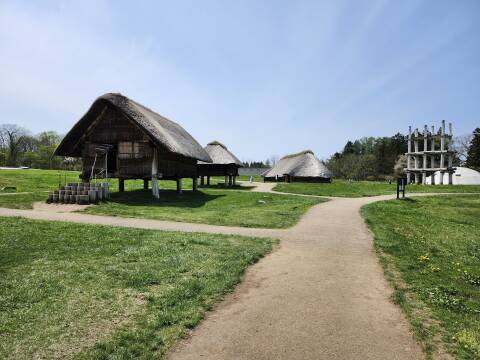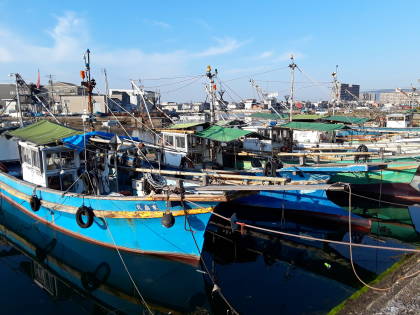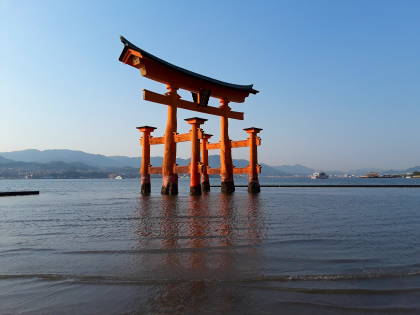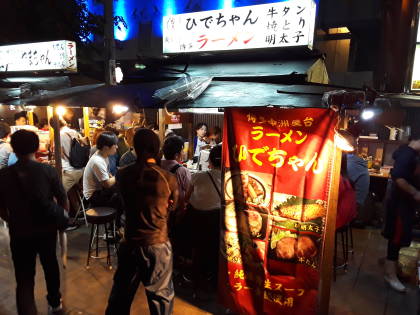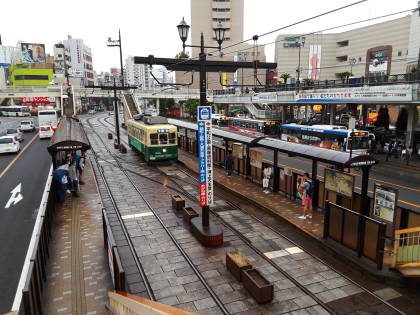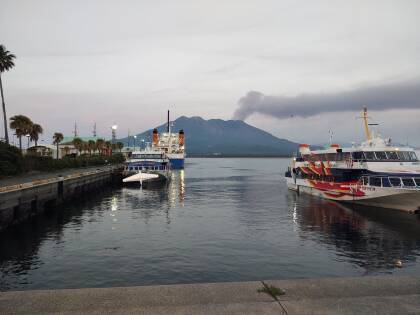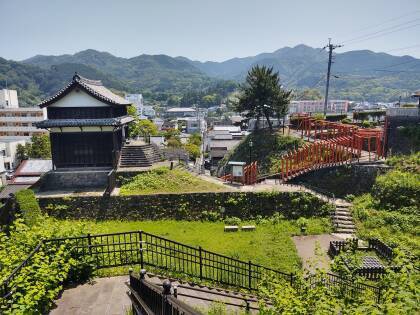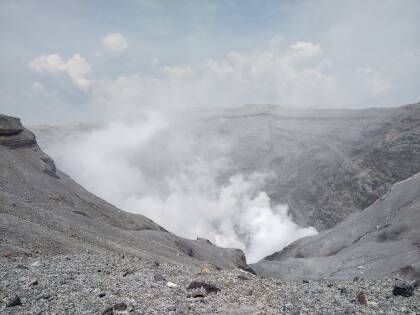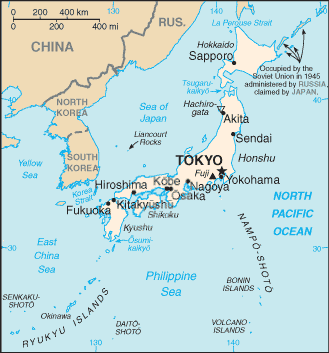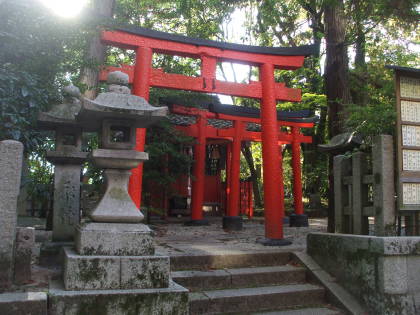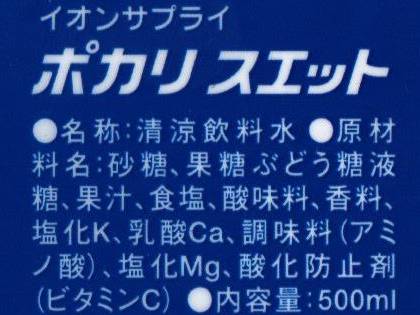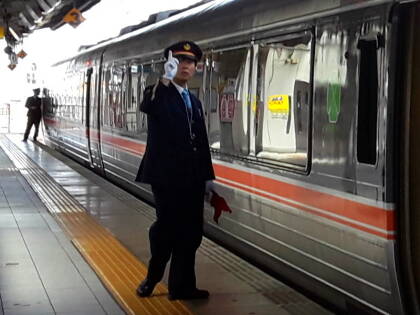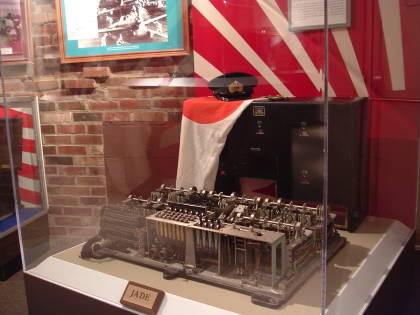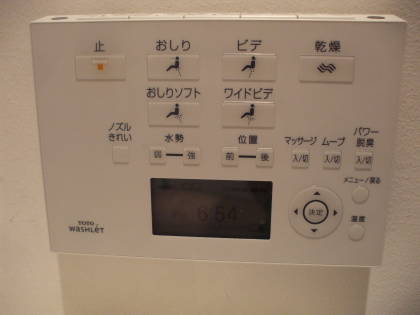
Drainspotting — Custom Manhole Covers in Japan
Manhole Covers
A modern society requires infrastructure —
water, electricity, liquid waste disposal, data both
analog and digital — and these are
generally by pipes and wires and optical fibres
run through underground conduits.
Manhole covers
provide maintenance access to these essential arteries.
At the very least they should be round
to ensure they can't fall into the hole.
In Japan the manufacturers soon realized that manhole
covers should be tapered, so they don't bang and rattle
when a vehicle drives over it.
It's vital for a manhole cover to have a
textured pattern or design.
In wet weather, a smooth steel manhole cover would be
extremely hazardous for pedestrians and two-wheeled
vehicles such as bicycles, scooters, and motorcycles.
There should be lines in multiple directions
to prevent slips.
So — why not give them interesting designs?
Below is a manhole cover in Ueno park in Tōkyō
showing a tree with cherry blossoms.

Custom manhole cover in Ueno park in Tōkyō showing blossoming cherry trees.
Custom Covers Appear
Amazon
ASIN: B07JNTQRPL
Some of Japan's larger cities had developed their own original cover designs by the late 1950s. There was the "Tōkyō design" and the "Nagoya design", developed within those cities and used elsewhere.
In the early to mid 1980s, only 60% of Japanese households were connected to municipal sewer systems. The construction ministry was trying to build up public support for the expensive public projects of expanding sewer systems.
Yasutake Kameda was a high-ranking bureaucrat of the construction ministry. He came up with the idea of locally customized manhole covers, popularizing the subterranean and under-appreciated infrastructure.
The Japan Ground Manhole Association, a Tōkyō-based alliance of 32 companies making manhole covers, reports that Yasutake's original idea has led to nearly 95% of the 1,780 municipalities in Japan now having their own custom manhole cover designs. Trees, flowers, animals, and local sites of natural beauty and touristic interest dominate.
Asakusa District in Tōkyō
Visiting Asakusa and Sensō-jiAsakusa is a district within Taito Ward of Tōkyō. Asakusa is home to the Sensō-ji Buddhist temple, the second most visited religious site in the world. The manhole covers there have the classic "Tōkyō design".
These feature two trees common in Japan. First, the larger part with five petals is the sakura or the somei yoshino cherry blossom.
The second tree is the ginkgo biloba with its triangular or fan-shaped leaves spaced between the cherry blossom petals. The ginkgo is very similar to fossils from the Middle Jurassic period approximately 170 million years ago.
Then, around the exterior are 13 vaguely shown birds. These represent the black-headed gull, a favorite subject or poetry and painting in Tōkyō. There are 13 in this one, the center one is replaced on the lid in the second picture by "T-25" indicating the standard 600 mm diameter,
The "Tōkyō design" with the cherry blossom first appeared in the 1950s, and they were installed throughout Japan.


The second one, in the Kappabashi district
just west of the Sensō-ji temple complex,
is slightly newer.
These newer covers have a central strip with
four octagons with alphanumeric codes.
This 4-octagon code system began with a manhole-lid-laying
ceremony on March 28, 2001.
This one says:
35
7G
61
27
The octagons are colored, although the paint has mostly
faded on this one.
The first one is still faintly yellow,
indicating that it covers a sewage line.
Blue indicates a rainwater drain.
The first digit, 35 here, is the number of
this cover on this line through this ward.

The second and third octagons, 7G
and 61 on this one, are originally painted
green and indicate a unique code in the control chart.
There are about 470,000 manhole lids in the 23 wards
of Tōkyō, four alphanumeric characters
could enumerate:
36 × 36 × 36 × 36 = 1,679,616
possible lids.
Someone has attempted to make a
manhole lid database
in which you could look up code numbers and find
location and other information.
The fourth octagon, reading 27 here, indicates
the year the pipe was installed, painted yellow for the 1900s
and blue for the 2000s.
35
7G
61
27
Yellow and 27 means that
this pipe was laid in 1927!
Tōkyō was devastated by the incendiary bombing raids of 1945, especially Operation Meetinghouse, a raid on the night of 9-10 March, 1945. About 16 square miles of the city was destroyed; about 100,000 people were killed, a million injured, and a million left homeless. It was the single deadliest air raid of World War II, larger than the incendiary raids on Dresden and Hamburg, larger than the nuclear bombings of Hiroshima and Nagasaki.
Almost everything above ground in the Asakusa district was destroyed, but this underground pipe survived and was put back into use. It is still used today.
Here's a rather plain cover near the Imperial Palace.
06
21
2H
10
A waste line installed in 2010.

The poster below is at the Bureau of Sewerage headquarters in Tōkyō, along the Sumida river between Asakusa and Akihabara.

Amazon
ASIN: B08GVGMS66
Ise
VisitingIse
Ise is home to Shintō's most sacred shrine. Japan's earliest "histories", which are really collections of myths and legends, describe how early deities created Japan and the rest of the universe. The universe was created here, and the deities live here. Or so the stories go.
Of course everyone wants to see the Outer Shrine, near the center of town, and the Inner Shrine. The manhole covers in Ise commemorate the many visitors.

Kaikū, the main shrine at the Inner Shrine complex, is believed to be inhabited by Amaterasu, the Sun Goddess. The shrine is believed to house the Yata no Kagami, a mirror that is the most precious of the Three Sacred Treasures, the Imperial Regalia of Japan. Elite priests present the three sacred objects to the new Emperor during the enthronement ceremony. This confirms the Emperor's status as a descendant of Amaterasu and his legitimacy as ultimate ruler of Japan.
Katakana &Hiragana
This manhole cover at the Inner Shrine complex has been painted.
The hiragana at the bottom says:
おすい
o-su-i
sewer

Meoto Iwa
VisitingMeoto Iwa
Amazon
ASIN: B00UL9PNEI
Meoto Iwa it close to Ise. It's known as the "Married Couple Rocks". They're a pair of small rocky stacks along the coast just east of Ise. They're joined by a heavy rice straw rope, which is replaced several times a year in special ceremonies.
The rocks represent Izanagi and Izanami, the creator deities of Shintō cosmology. Brother and sister and also husband and wife, they gave birth to the islands of Japan and to many of Shintō's deities or spirits, the kami in Japanese.
From them came Ameterasu, the sun goddess, ancestor of Jimmu, the first Emperor of Japan.
The manhole covers at Meoto Iwa show the two rocks and the sacred rope, with the sun rising in the background, and blossoms and leaves all around.

The words at the bottom aren't profound:
ふたみ
おすい
fu-ta-mi o-su-i
Futami Sewer
Amazon
ASIN: B086YHKSJX
Kyōto
VisitingKyōto
Kyōto was the imperial capital for centuries. I can't decide if this is meant to be decorative, or if it's simply how they make cast-iron manhole covers.

Osaka
VisitingOsaka
Osaka is famous for its enormous castle, which is depicted along with cherry blossoms on this custom manhole cover.


An alternative Osaka design features shipping along with the castle.
Osaka Sewerage Science MuseumOsaka has a Sewerage Science Museum with its own line of custom manhole covers.
Or at least Osawa used to have such a museum. It had closed shortly before my visit.

Kobe
The port of Kobe welcomes English-speaking visitors.

Takamatsu
VisitingTakamatsu
and Yashima
Takamatsu is on the island of Shikoku, the fourth-largest island of the Japanese archipelago, some 225 km long and 50 to 150 km wide.
The manhole covers in Takamatsu show Nasu No Yoichi, a Minamoto samurai in the nearby battle of Yashima in 1185. He had pursued Taira fighters on horseback. They were slipping away on a ship, and were waving a fan on a stick to taunt him. He shot a perfectly aimed arrow that pierced the fan. The punctured fan washed ashore on a small island a few days later, the island was named Ogi-jima or Fan Island to commemorate the event.

The hiragana reads:
たかまつ
げすい
ta-ka-ma-tsu ge-su-i

Fire hydrants go under distinctive covers. Here is Takamatsu's.

Naoshima
VisitingNaoshima
Naoshima is an art-focused island in the Inland Sea, a short ferry ride north from Takamatsu. Here is their custom manhole cover design.

The hiragana label at bottom says:
なおしま
na-o-shi-ma
Hiroshima
VisitingHiroshima
Hiroshima has a boldly colored custom design.

Itsukushima
The nearby Itsukushima shrine has cherry blossoms on the covers of its small valve covers.

Fukuoka
VisitingFukuoka
Fukuoka is on Kyūshū, the southwesternmost of Japan's four large Home Islands. It's just across the strait from the southwestern end of Honshū, the largest island.
Some of Fukuoka's custom covers are pretty standard, more blossoms.

Others are more abstract.

Nagasaki
VisitingNagasaki
The custom covers in Nagasaki are pretty standard — three blossoms with leaves.


Some Are Plain But Well Made
Two friends of mine had insisted that I needed to look for custom manhole covers. OK, I'll keep an eye out.
The thing is, I didn't see any interesting ones at all early in the trip. I had gotten as far as Kyōto and I was still seeing nothing but sturdy and fairly standard looking manhole covers.
Like this one. "Hokusei", it says, not Hokusai the famous print artist.

Here's a cover for NTT, Nippon Telegraph and Telephone. There will be data and signal lines under this one.


The above manhole cover and the below valve or meter cover seem to be the same network or company.


Not Just Japan
Cities in other countries do customized manhole covers. Here are two in West Lafayette where I live.

I don't even have to cross a street to find this one, it's on the block where I live.

The above is specific to travel logistics. Maybe you're looking for information on specific places in Japan.
